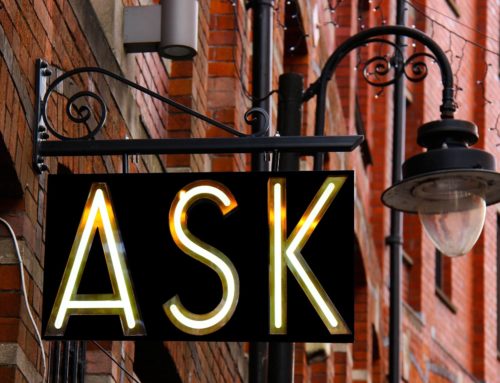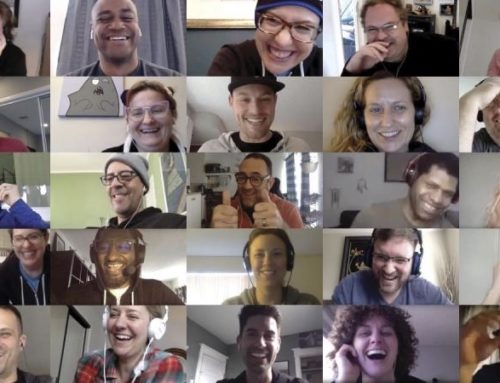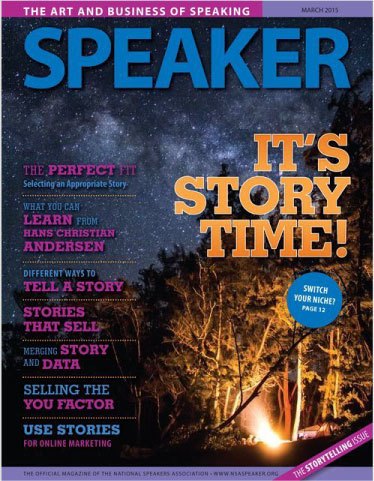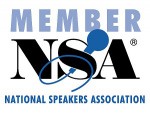Over the years I’ve seen great presentations fall apart—both online and in person—because the speaker hadn’t thought ahead about how to handle Q&A. Here are four tips that will help you shine during your next question period.
Leave Time
First, make sure you set aside enough time to have a meaningful dialogue.
If you’ve been given thirty minutes to speak, only prepare twenty minutes of material. If you’ve been given a sixty-minute slot, prepare forty-minutes of material.
Running out of time to answer audience questions suggests you didn’t want questions in the first place. Which in turn signals to your audience that you don’t care about them. It’s much harder to get buy-in to your topic, or recommendation, if your colleagues think you’re not interested in their concerns.
Decide When
Next, set clear expectations about WHEN questions will happen.
You can take them as you go along. This works well when you’re talking with a small working group. In fact, it can turn a long, boring presentation into a conversation.
Another option is to pause and ask for questions after each section of your content. This technique works for lectures that last an hour or more. It also works well for panel presentations where there is a natural pause after each speaker.
Or, as is often done, you can take them at the end. It’s important, however, to let your audience know which of these three options you prefer. I once watched a keynote speaker become completely unraveled when audience members started raising their hands in the middle of her talk.
It’s Not a Tennis Match
Third, don’t undermine yourself by thinking of Q&A as some kind of tennis match where audience members serve their questions over an imaginary net and your job is to lob the answer back—only to have another question whiz by you at twice the speed.
You can avoid this trap by not asking for questions at all. Instead, turn Q&A into a conversation by asking for thoughts, comments, reactions or questions.
How you word your request will drive the tone. When speakers end their presentation by saying:
- Any questions?
- Or: Does anybody have any questions?
They’ve set themselves up for a rousing game of tennis. In its place say:
- Okay.Now it’s your turn to guide the conversation. What can I clarify?
- Or: What are your thoughts, comments or reactions about what I’ve just shared?
People don’t always have a question, but they often have a reaction or a comment.
It’s Also Not an Interrogation
Finally, don’t psych yourself out by thinking of Q&A as some kind of test. Too often presenters make themselves nervous by thinking they have to have every answer to every question at the ready.
Your job is to facilitate meaningful discussion—not win at Jeopardy. If you don’t know the answer to a particular question, you can invite someone else in the room, who does know the answer, to speak.
Or, you can respond by saying:
The answer to that question is going to be important to our decision-making. I’ll do some research and share my findings with everybody.
Sometimes by adding the magic word: “either” you can emotionally align yourself with an audience member.
You know, I don’t know that either. Now I’m curious too. Thank you for asking. I’ll find out and get back you.
The more confidently you handle Q&A, the more your colleagues—and your boss—will think you really do know what you’re talking about.
















